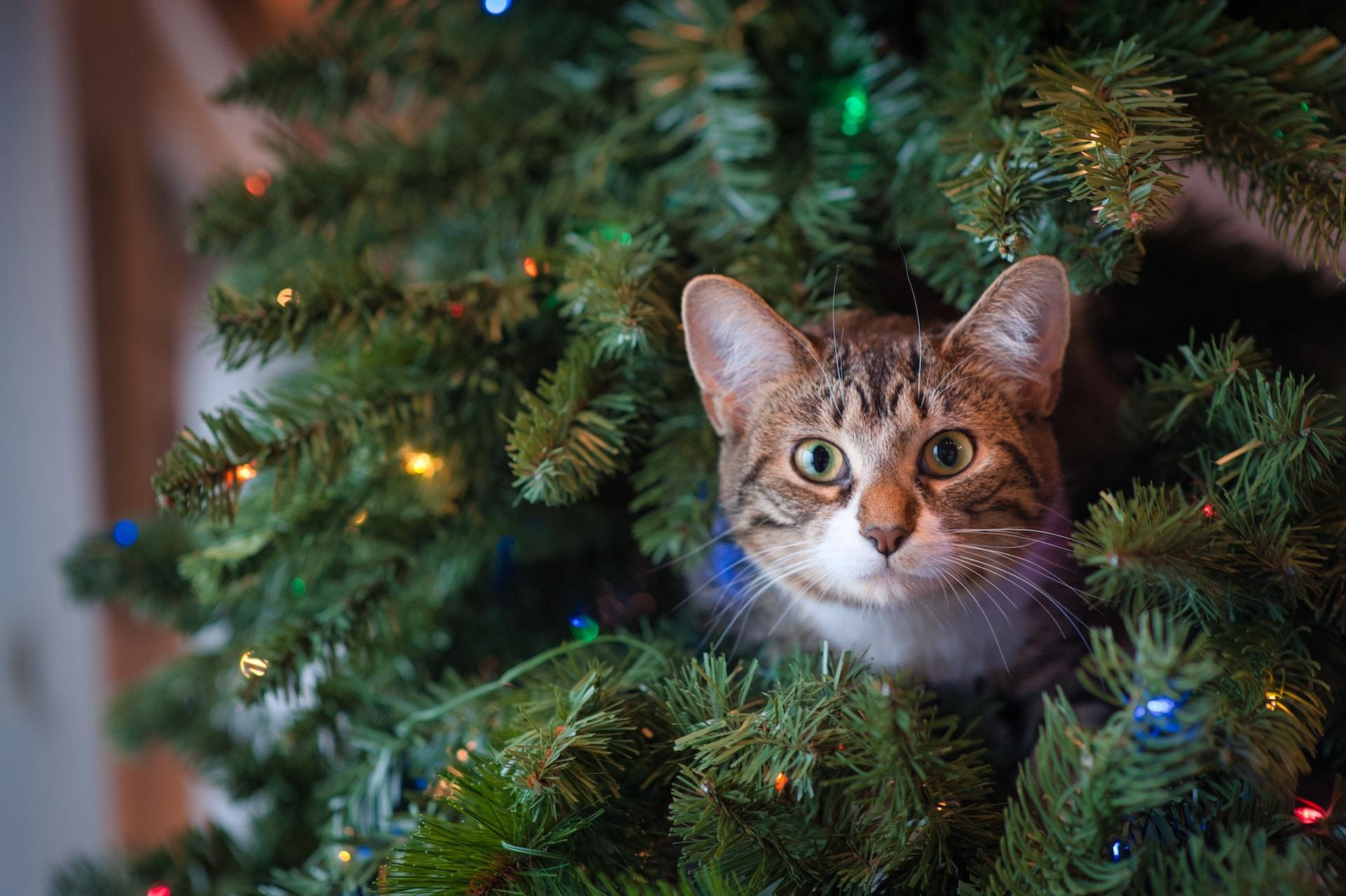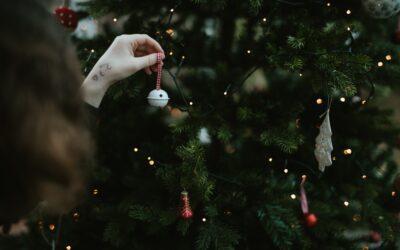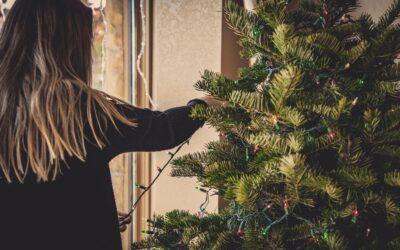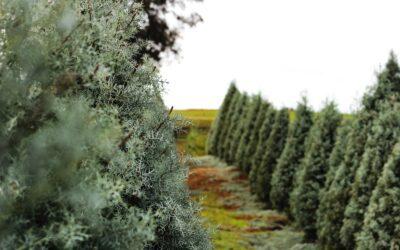Trees for Tuition is an inspiring not-for-profit organization that artfully combines the cherished tradition of choosing and decorating a Christmas tree with the meaningful cause of supporting tuition assistance programs for underprivileged students in Atlanta. Through their innovative approach to giving back, Trees for Tuition enables families to find the perfect tree while also contributing to a brighter future for deserving individuals in their community.
In this blog post, we will take you on a journey through the diverse range of Christmas trees offered by Trees for Tuition, highlighting their distinct features, aesthetic appeal, and benefits, as well as offering valuable care tips to ensure the longevity and vitality of your tree throughout the holiday season. By understanding the unique characteristics of each tree variety, you can make an informed decision as you select your ideal centerpiece, knowing that your choice is not only enhancing your home’s festive ambiance but also directly contributing to the life-changing mission of Trees for Tuition.
From the beloved Fraser Fir to the charming Blue Spruce, uncover the fascinating world of Christmas trees, their rich history, and the ways in which they delight and captivate our senses. Revel in the timeless appeal of these evergreen symbols of the holiday season and celebrate your connection to a heartwarming tradition that unites communities, evokes cherished memories, and affirms our shared passion for compassion, kindness, and the power of giving.
Fraser Fir: The Quintessential Christmas Tree
Hailing from the Appalachian Mountains, the Fraser Fir is an enduring favorite among Christmas tree enthusiasts. Featuring unique characteristics that make it stand out from the rest, Fraser Firs are cherished for their:
1. Soft, Silvery-green Needles: The short, vibrant needles of the Fraser Fir boast a touch of silver on their underside, giving the tree an enchanting shimmer when adorned with lights and ornaments.
2. Sturdy Branches: Perfect for holding ornaments, the strong branches of the Fraser Fir ensure that your decorations will stay in place throughout the holiday season.
3. Pleasant Fragrance: Filling the room with a delightful, fresh scent, the Fraser Fir is known for its pleasantly fragrant needles that intensify the holiday ambiance in your home.
Caring for Your Fraser Fir: To maintain the freshness and vibrancy of your Fraser Fir, be sure to provide it with plenty of water, keep it away from direct heat sources, and trim the tree’s trunk before placing it in a stand.
Blue Spruce: A Rustic Touch for the Holidays
With its striking blue hues and distinctive, sturdy branches, the Blue Spruce is a popular alternative to the classic Fraser Fir:
1. Blue-Green Needles: The needles of a Blue Spruce range from a subtle glaucous blue to a rich, deep silver-blue, creating a mesmerizing visual effect that adds a touch of magic to Christmas celebrations.
2. Dense Branch Structure: The Blue Spruce is known for its dense branching pattern, offering ample room for a multitude of decorations and creating a lush, full appearance.
3. Long-lasting Freshness: Blue Spruce trees are praised for their ability to retain their needles, allowing you to enjoy their beauty throughout the entire holiday season.
Caring for Your Blue Spruce: Keep your Blue Spruce looking its best by providing it with ample water, maintaining a cool room temperature, and avoiding direct sunlight, which may cause needle loss.
Douglas Fir: A Classic Choice with a Sweet Scent
The Douglas Fir is a much-loved traditional choice among Christmas tree connoisseurs, offering several appealing features:
1. Soft, Dark Green Needles: With its delicate, soft needles and a deep green color, the Douglas Fir sparkles when trimmed with festive lights and ornaments.
2. Full and Lush Appearance: The dense branching of the Douglas Fir creates a full and lush silhouette, making it an attractive centerpiece for your holiday decor.
3. Sweet, Citrusy Fragrance: The Douglas Fir is known for its sweet, citrusy scent – a pleasant and refreshing aroma that is unmistakably associated with the Christmas season.
Caring for Your Douglas Fir: To preserve the freshness of your Douglas Fir, water it regularly, place it away from direct heat sources, and trim its trunk before placing it in a tree stand.
Balsam Fir: Traditional Charm with a Fragrant Twist
A classic choice for those who appreciate a strong, festive fragrance, the Balsam Fir boasts several enticing qualities:
1. Dark Green Needles: The short, dark green needles of the Balsam Fir create a stunning backdrop for your favorite holiday ornaments.
2. Classic Conical Shape: The Balsam Fir’s attractive conical shape makes it an excellent option for those desiring a traditional, symmetrical Christmas tree.
3. Rich, Festive Fragrance: The most notable feature of the Balsam Fir is its captivating, festive fragrance, which fills the room with the heartwarming scent of the holiday season.
Caring for Your Balsam Fir: Ensure your Balsam Fir’s longevity by providing it with plenty of water, avoiding direct heat sources, and trimming its trunk prior to placing it in a tree stand.
Conclusion
By understanding the unique features, benefits, and care requirements of each tree variety offered by Trees for Tuition, you can confidently choose the perfect Christmas tree for your home. In doing so, you also have the satisfaction of knowing that your tree is not only a symbol of holiday cheer and tradition but also a meaningful contribution to the life-changing mission of Trees for Tuition.
Get into the holiday spirit with fresh Christmas trees from Trees for Tuition. By purchasing a tree, you’re not only bringing the festive scent of pine into your home but also supporting tuition assistance programs for deserving students. Order now and make a difference in your community while enjoying the beauty of a fresh Christmas tree.




